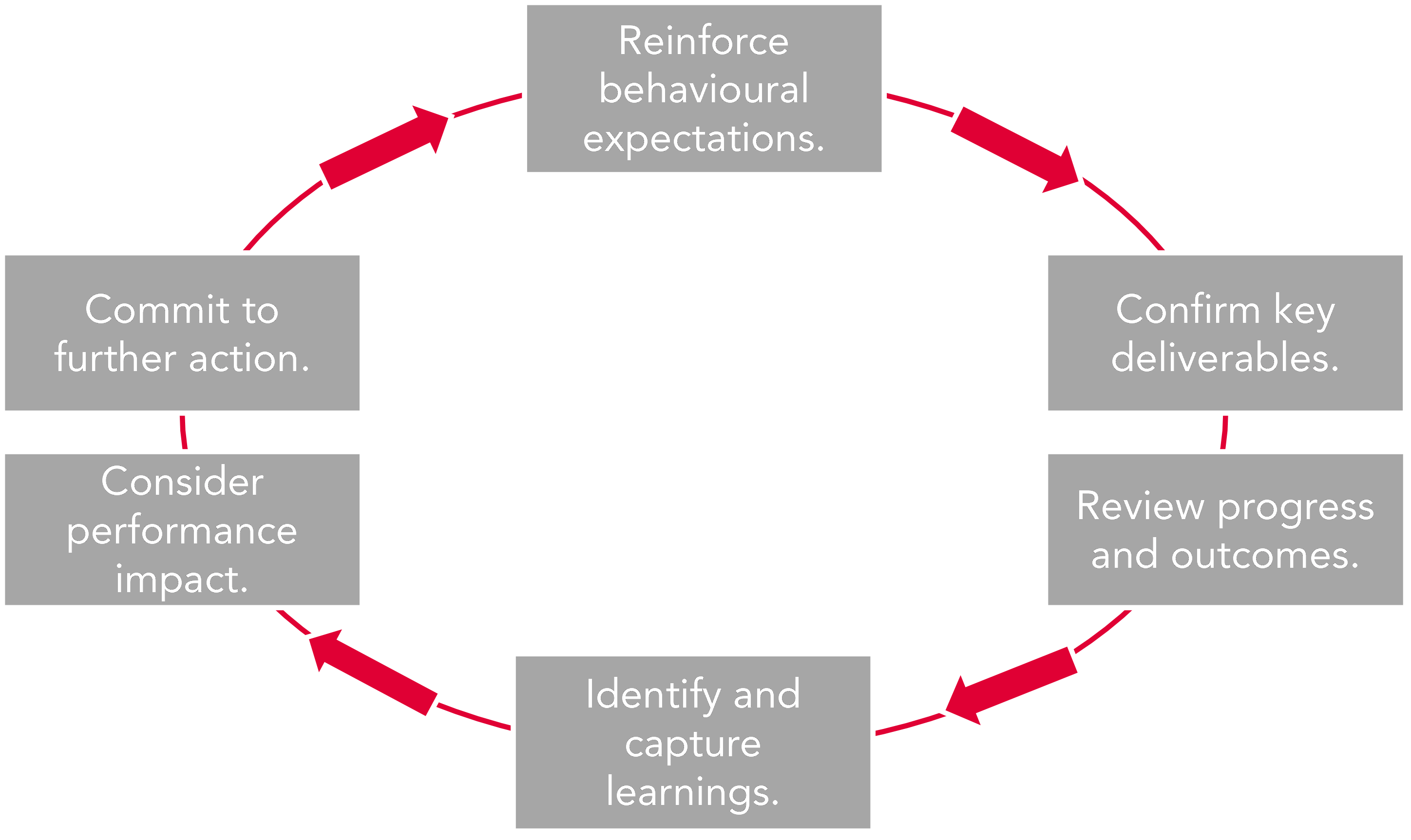One of the most common complaints in performance management is the perception that a line manager has or will apply their own subjective analysis when completing the performance review process.
Objective measures are great when they are relevant and can be accurately measured. They can also be destructive – driving a focus on how to outperform against a specific measure at the expense of long-term customer satisfaction and/or sustainable growth.
How though would you attempt to accurately and objectively measure whether someone has ‘done the right thing’?
We hired/appointed the best candidate to the manager role – shouldn’t their opinion count for something? For example, think of soccer players – the coach is tasked with picking the best team and also developing the capability of every player in the squad. Whilst absolute performance should be the ultimate test, a great coach will be able to see beyond that and consider the potential of the player to grow into a first-teamer in the future.
Similarly, if the employee’s performance is okay – yet the leaders assess behavioural issues below the surface – wouldn’t we want them to call this out? If the leaders themselves fit the cultural mould, wouldn’t that reinforce even further the value of their opinion?
We believe the trick is to ensure that the leaders are themselves, genuine role models – if not, their subjective analysis is likely to prioritise behaviours that are disconnected from the desired culture of the organisation.
A key consideration on all this is to define the utility of the review in the first place. If the outcome of the review influences variable pay decisions then clarity must be built-in in order to maximise the chances of the plan to act as an incentive for the employee (as opposed to being discounted given the vagary of what’s required to achieve the payout).
Ultimately, we need to make sure we don’t let subjectivity masquerade as objectivity OR to allow subjective discretion to arbitrarily overrule objective performance analysis. Therein lies the path to dissatisfaction.


